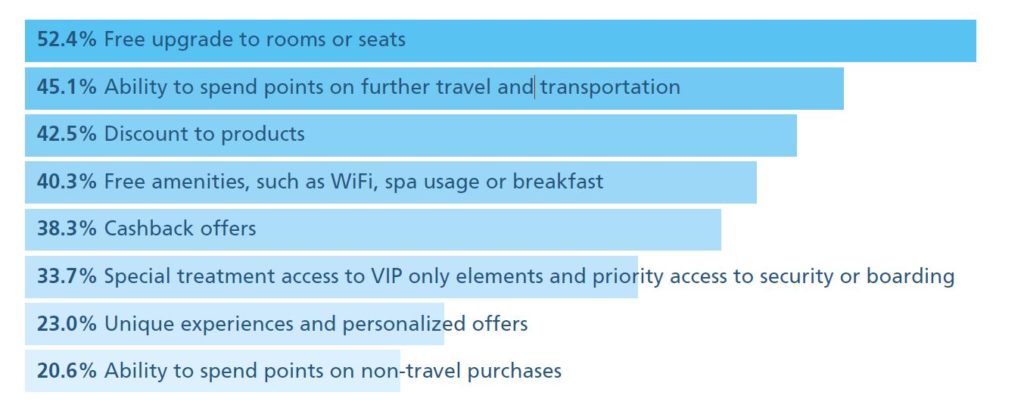
If you’re a regular reader of this blog, you know that I’ve mentioned a few times in the past the key role and increasing growth of Metasearch results when it comes to visitors search for their next hotel stay. Top hotel brands already allocate a significant portion of their digital marketing travel to metasearch. However, independent properties are still lagging behind with little or no presence at all in metasearch results.
For those of you who have just landed on this page trying to learn about metasearch, here’s a brief description of what it is. If you’ve read reviews or book a trip after searching on TripAdvisor, Kayak, Trivago, or even a Google Hotel Ad, you’ve just discovered the power of Metasearch. As opposed to Online Travel Agencies (OTAs) like Expedia or Hotels.com, Metasearch Engines do NOT hold their own inventory of hotel rooms. Instead, they get a direct feed of data from other search engines to generate a list of results, rates and availability for potential travelers from a variety of sources. Think of it as a ‘rate comparison tool’ at your disposal that allows you to select your preferred rate and book directly from the original source, whether it be an OTA or the hotel’s own booking engine. How do Metasearch Engines get paid? Most of them will receive a referral commission or a Cost-per-Click charge for sending traffic to the hotel (or airline for airline travelers).
Beyond that, one of the most significant advantages of metasearch is that hotels still own their guests data rather than being owned by the OTA. In other words, metasearch engines act as a “pass-through” entity allowing the hotels to own their prospective customers. So thanks to metasearch, hoteliers are not only shifting share from OTAs but also increasing direct bookings and lowering acquisition costs.
Yes, metasearch is not free and hotels still pay (CPC or commission) for their bookings, however, the possibility of improving customer retention rates and guest loyalty derived from these bookings represents positive gains in the long term. Customers coming through metasearch are likely to be new (vs. third party referrals, or direct traffic to the hotel’s website) and for that reason, hospitality marketing professionals should designate a particular value to them simply because the hotel will not have to acquire them again in the future through additional spending. In other words, you pay a fee upfront, in return for owning the guest in the future and taking advantage of the new guest Customer Lifetime Value (CLV).
Again, the key difference is that direct bookings obtained from metasearch sites translate into the hotel’s ownership of the customer and their data. The guest’s information can go directly into the property’s Customer Relationship Management (CRM) system, making him or her eligible for the hotel to retarget in the future or to use their data for targeting lookalike audience targeting and/or a number of other marketing techniques to attract the guest again back to the hotel. In this case, the initial transaction cost is the least important factor. The value of it is in the future investment return of the initial transaction.
Hotels should see the budget allocated to metasearch campaigns and the direct bookings it generates as an investment in attracting an incremental ‘uncommitted’ guests and providing them with a branded customer experience and personalization. After all, when compared to a guest coming from an OTA booking, metasearch allows the property to know who the guest is before arrival, with the opportunity to personalize their service and offerings tailored to that particular guest.
Direct bookings also provides hotels with the opportunity to build loyalty even more instantly, since metasearch users who click over to the hotel’s brand.com site can be immediately exposed to member rates. Despite the fact that most metasearch contracts will not allow hotels to promote their loyalty pricing, the reality is that once visitors arrive to the hotel’s website and see all the available rates, they will be enticed to join their loyalty program right away.
In an interview for “Eye for Travel” Hospitality Distribution Report, Rhett HirkoRhett has a account, Global Vice President, Revenue Optimization at Preferred Hotels & Resorts said “I can’t speak to the direct cause and effect, but our loyalty program grew by a half million members in the last year and that comes at the same time that we engaged a third party to manage our presence on metasearch engines, so I have to believe that there’s been an equivalent amount of membership increases due to our use of meta.”
What Rewards Make Consumers Use Loyalty Programs Most?

Source: EyeforTravel Traveler Loyalty Survey 2018
With all that said, there’s no substitute for pure customer satisfaction. No matter how attractive your loyalty program might be, it will be guest’s stay at the hotel that will determine retention, regardless of how the booking was made. Delivering an outstanding experience is what will entice the guest to come back and perhaps even post on TripAdvisor and by doing that, your own past guests will be providing you with new potential guests.
Thank you for reading. Until next time, this is Manuel Gil del Real (MGR)
Source: Eye for Travel




